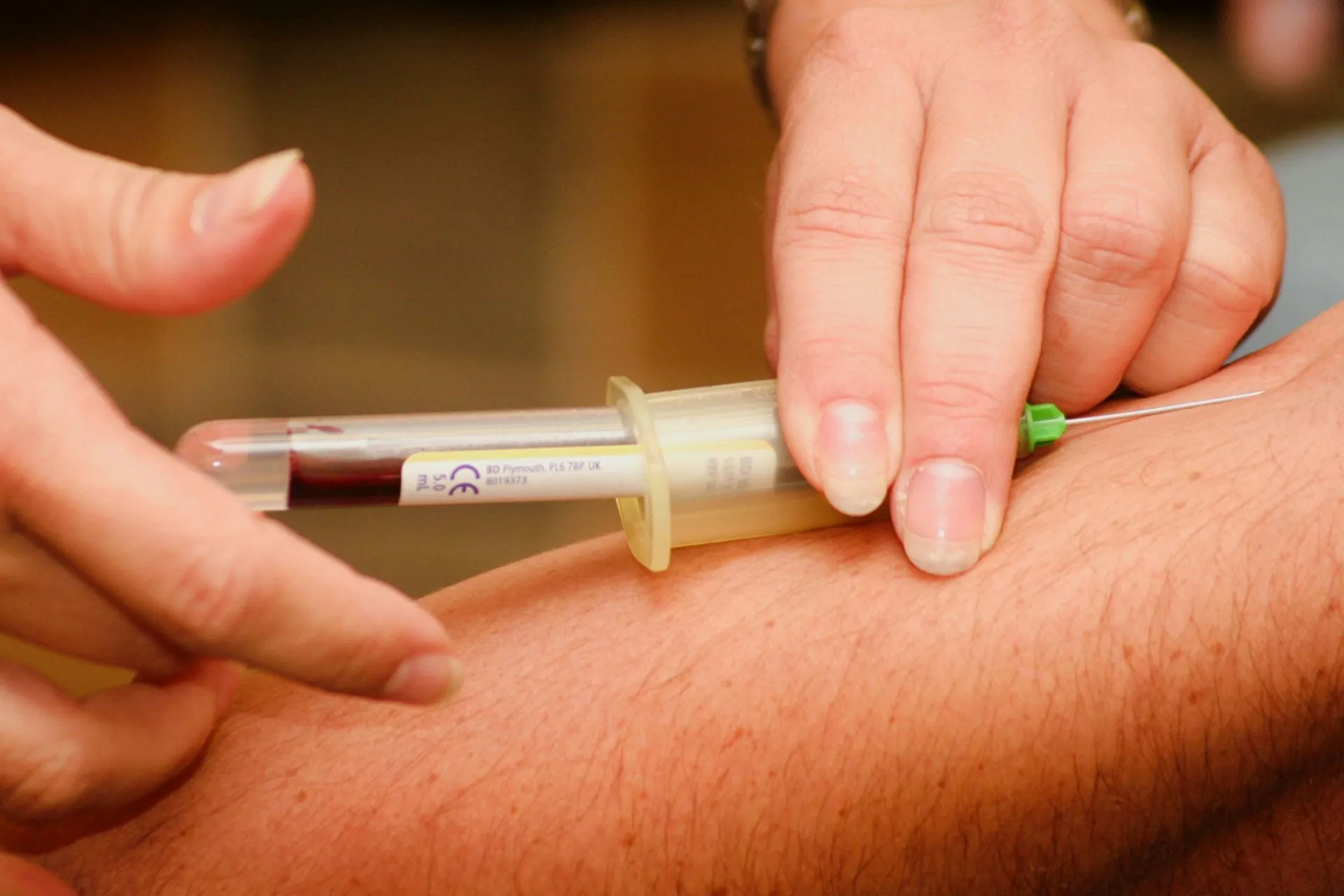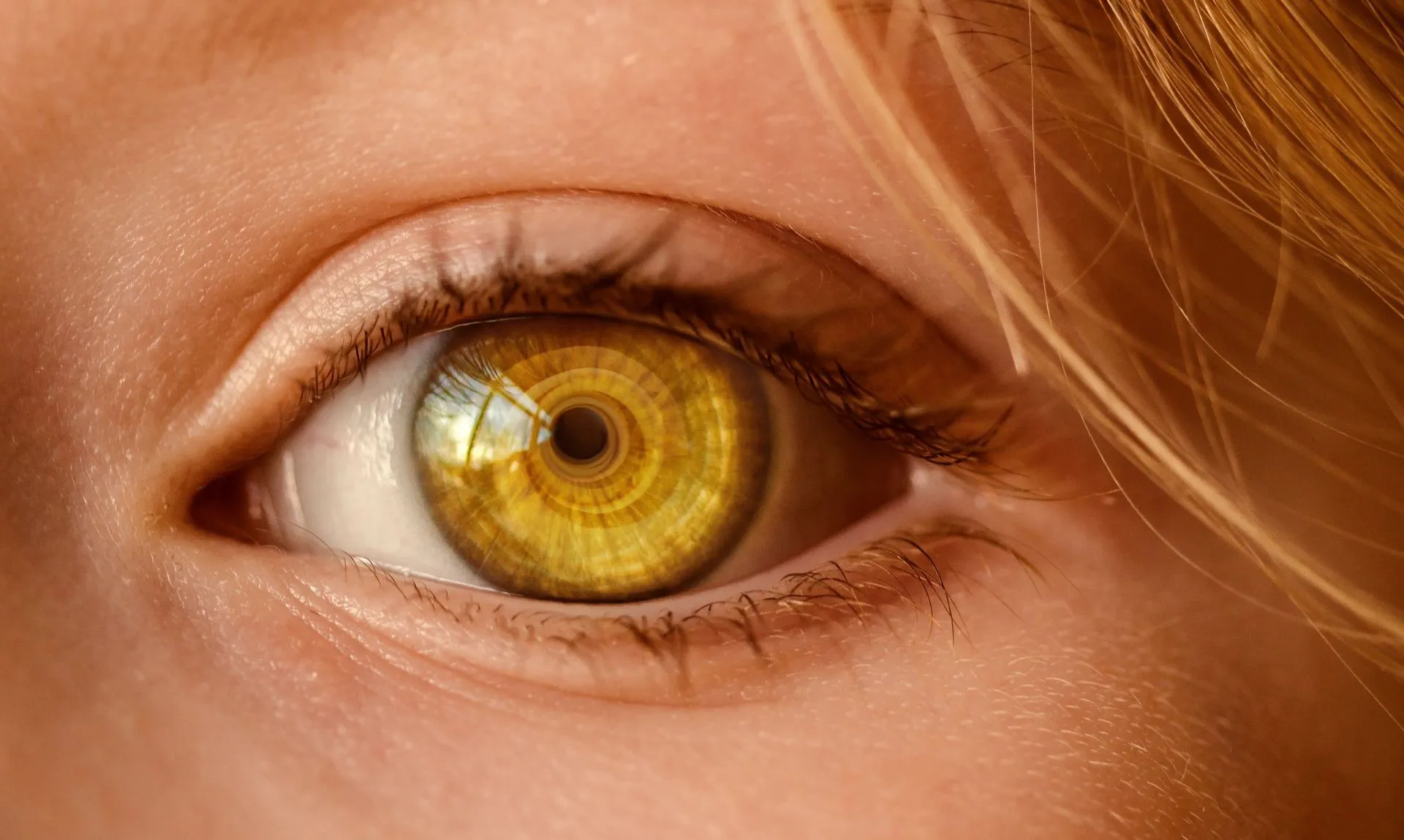
For optimal health, it’s critical to recognize the symptoms of elevated cholesterol. We are all aware that the body needs cholesterol to function.
Being initially symptom-free, high cholesterol is frequently referred to as the “silent killer.” When things get out of hand due to plaque deposition in the arteries, high cholesterol can trigger emergency circumstances like stroke or heart attack.
Two well-known signs of high cholesterol are chest pain and shortness of breath, but there are also less well-known signs that can appear in the eyes.
Normal cholesterol levels

Depending on an individual’s age, sex, and other health factors, the optimum cholesterol range may differ. Normal or desirable cholesterol levels often fall into the following categories:
- Total cholesterol: less than 200 milligrams per deciliter (mg/dL)
- LDL (low density lipoprotein) cholesterol: less than 100 mg/dL
- HDL (high density lipoprotein) cholesterol: 40 mg/dL or higher for men and 50 mg/dL or higher for women
- Triglycerides: less than 150 mg/dL
In addition to the precise quantities of cholesterol, the ratio between the different types of cholesterol is crucial. See your doctor for more information and guidance on how to control your cholesterol level for the best possible health.
High cholesterol symptoms in the eyes
Excess cholesterol in the body—more than what the body requires for optimal function—can cause vision problems. The more obvious effects of elevated cholesterol on the eyes include blurry vision, dark spots in the eye, excruciating eye discomfort, etc.
Yellowish buildup near the eyes
One of the most visible signs of elevated cholesterol in the eyes is the formation of yellowish deposits around the eyelids. These deposits, known medically as xanthelasma, are caused by the accumulation of cholesterol in the skin. Although they are not dangerous, they could point to high blood cholesterol.
Arcus senilis

The term “arcus senilis” refers to the white or gray ring that encircles the margin of the iris. Although it’s a characteristic symptom of aging, high cholesterol might also be indicated by this symptom.
When the ring appears in people under the age of 40, high cholesterol is more likely to be the cause.
Corneal arcus
The edge of the cornea is surrounded by a white or gray ring called the corneal arcus. Elderly persons are more frequently affected and the cause is an accumulation of cholesterol in the eye. It’s one of the symptoms of excessive cholesterol in people under the age of 40.
Blurred vision
Because high cholesterol affects the blood vessels in the eyes, one of the symptoms of high cholesterol is blurry vision. Yet, vision problems brought on by cholesterin-induced retinal blood flow irregularities can be prevented.
Optic nerve damage
Because high cholesterol affects the blood vessels in the eyes, one of the symptoms of high cholesterol is blurry vision. Yet, vision problems brought on by cholesterin-induced retinal blood flow irregularities can be prevented.
How can your cholesterol be reduced?
High cholesterol can increase your risk of heart disease and stroke. Fortunately, there are a number of lifestyle changes you may do to reduce your cholesterol naturally. You can lower your cholesterol by using the following strategies:
Healthy eating: Choose foods that are high in fiber, low in saturated and trans fats, such as fruits, vegetables, whole grains, lean proteins, and other such foods. Incorporate foods rich in omega-3 fatty acids in your diet, such as fatty fish, nuts, and seeds.
Maintain a healthy weight because being obese or overweight might lower HDL cholesterol and raise LDL cholesterol. Losing weight can lower cholesterol when combined with a healthy diet and exercise.
Frequent exercise can help raise HDL cholesterol levels, the “good” cholesterol that helps remove additional cholesterol from the bloodstream. Strive for 150 or more minutes of moderate-intensity exercise per week.
Drink in moderation: It is advisable to drink in moderation since excessive alcohol consumption might raise triglyceride levels and increase the risk of heart disease. Restrict your alcohol intake to no more than one drink per day for women and two drinks per day for males.
By making the aforementioned lifestyle changes and cooperating closely with your healthcare provider, you may keep an eye out for the symptoms of high cholesterol, lower your cholesterol level, and reduce your risk for heart disease and stroke.




Leave a Reply